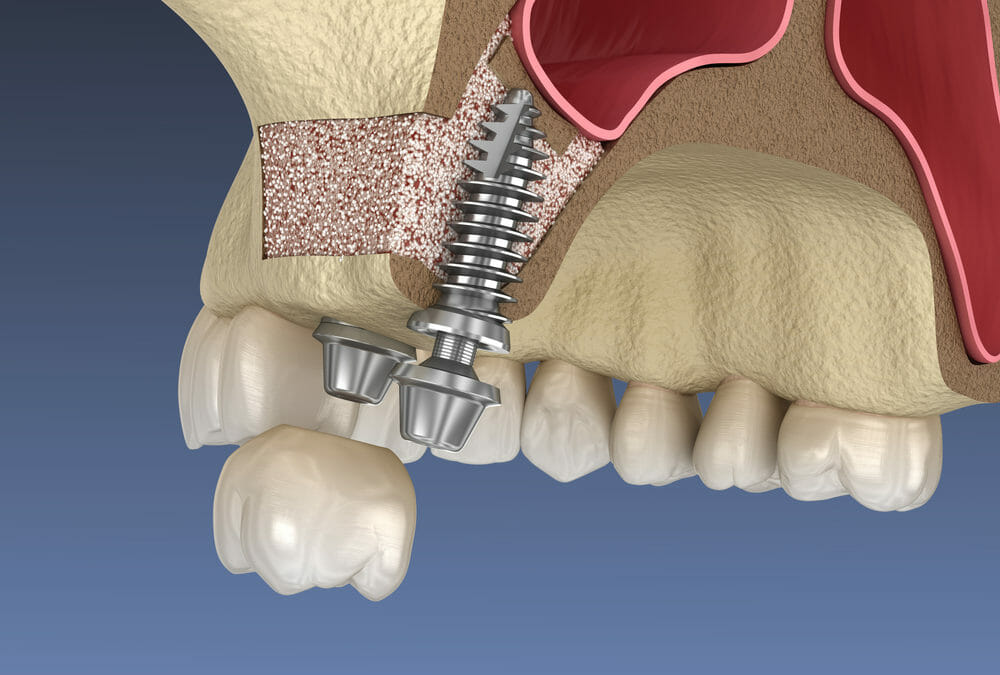SINUS LIFT
For optimal sinus lift procedures, visit Sree Padma Dental Care. Our expert team provides professional care to ensure a successful and comfortable sinus lift experience. Utilizing advanced techniques, we aim to enhance the foundation for dental implants by effectively lifting the sinus membrane and placing the graft material. Trust us to perform this intricate procedure with precision, ensuring minimal discomfort and optimal results for your dental implant needs.

A sinus lift is a surgical procedure that adds bone to the upper jaw, specifically in the region of the molars and premolars. Also known as sinus augmentation, this surgery involves placing bone material between the jawbone and the maxillary sinuses, which are located on either side of the nose.
A sinus lift is performed when there is insufficient bone in the upper jaw or when the sinuses are positioned too close to the jaw to accommodate dental implants. This situation can arise due to various factors:

Many individuals who have lost teeth in the upper jaw, especially the molars, often lack sufficient bone for implant placement. This is due to the anatomical structure of the skull, where the rear portion of the upper jaw typically has less bone density compared to the lower jaw.
When teeth are lost, the surrounding bone starts to be resorbed, or absorbed back into the body. If teeth have been missing for an extended period, there may be insufficient bone remaining to support implants.
The maxillary sinus may be positioned too close to the upper jaw, making it difficult to place implants. The size and shape of the sinus can vary from person to person, and it may also expand with age.
Bone loss might have occurred due to periodontal (gum) disease.

The Osteotome Indirect sinus lift Technique
An alternative approach to sinus augmentation is the less invasive osteotome technique, typically used when the sinus floor needs to be lifted by less than 4 mm. This method involves creating a socket in the bone, keeping it 1–2 mm short of the sinus membrane, after making an incision in the gum tissue. The sinus floor is then elevated by gently tapping it with osteotomes. Although this technique usually achieves less augmentation compared to the lateral window method, it allows for immediate placement of a dental implant into the newly created socket. The implant is left to integrate with the bone over a period of 4 to 8 months. This procedure aims to stimulate bone growth and thicken the sinus floor, providing a stable foundation for dental implants and effective teeth replacement.

